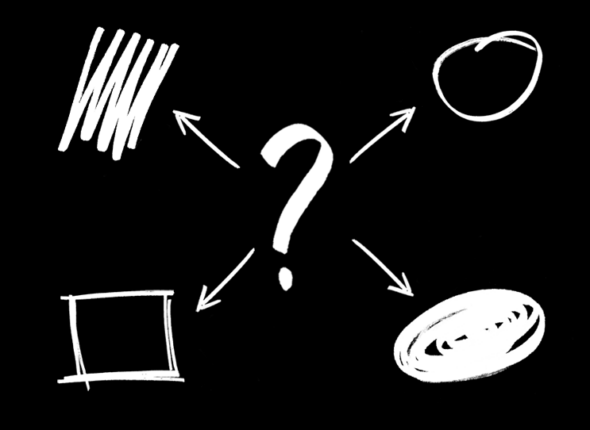-
-
-
-
-
NABC is a method focused exclusively on user needs to ensure the creation of value in the developed idea. This value is created by addressing four key phases of the method: Needs, Approach, Benefits, and Competition. The first two phases are characterised by an exploratory and analytical approach, while the last two involve a more critical evaluation. This structured approach allows for systematic and clear formulation of ideas or projects with an emphasis on their value and effectiveness.
Implementation Steps of the Method
First, it is necessary to define the problem that the team wants to solve or the question they seek to answer.
- N – Needs: This phase focuses on identifying the needs of the users, which form the cornerstone of the entire process.
- A – Approach: This phase is characterised by a specific proposed solution that aims to address the identified user needs.
- B – Benefits: This phase concerns the advantages or benefits that users will gain from using the proposed solution.
- C – Competition: In this phase, competitors and potential challenges that the solution will face in the market are identified.
Based on the information gathered, it is necessary to develop and evaluate a plan that includes the proposed solution and its benefits for the users.
Tips
- A thorough analysis of needs requires sufficient time and effort to accurately determine the users' needs. A detailed needs analysis will enable a better understanding of the target group and identify their main priorities.
- It is important to allocate adequate time for each step of the process to achieve high-quality results and ensure the effective implementation of the project.
Possible uses
- When designing a development or innovation process.
- When involving users in the change process.
You can download template here: NABC
NABC is a method focused exclusively on user needs to ensure the creation of value in the developed idea. This value is created by addressing four key phases of the method: Needs, Approach, Benefits, and Competition. The first two phases are characterised by an exploratory and analytical approach, while the last two involve a more critical evaluation. This structured approach allows for systematic and clear formulation of ideas or projects with an emphasis on their value and effectiveness.
Implementation Steps of the Method
First, it is necessary to define the problem that the team wants to solve or the question they seek to answer.
- N – Needs: This phase focuses on identifying the needs of the users, which form the cornerstone of the entire process.
- A – Approach: This phase is characterised by a specific proposed solution that aims to address the identified user needs.
- B – Benefits: This phase concerns the advantages or benefits that users will gain from using the proposed solution.
- C – Competition: In this phase, competitors and potential challenges that the solution will face in the market are identified.
Based on the information gathered, it is necessary to develop and evaluate a plan that includes the proposed solution and its benefits for the users.
Tips
- A thorough analysis of needs requires sufficient time and effort to accurately determine the users' needs. A detailed needs analysis will enable a better understanding of the target group and identify their main priorities.
- It is important to allocate adequate time for each step of the process to achieve high-quality results and ensure the effective implementation of the project.
Possible uses
- When designing a development or innovation process.
- When involving users in the change process.
You can download template here: NABC








